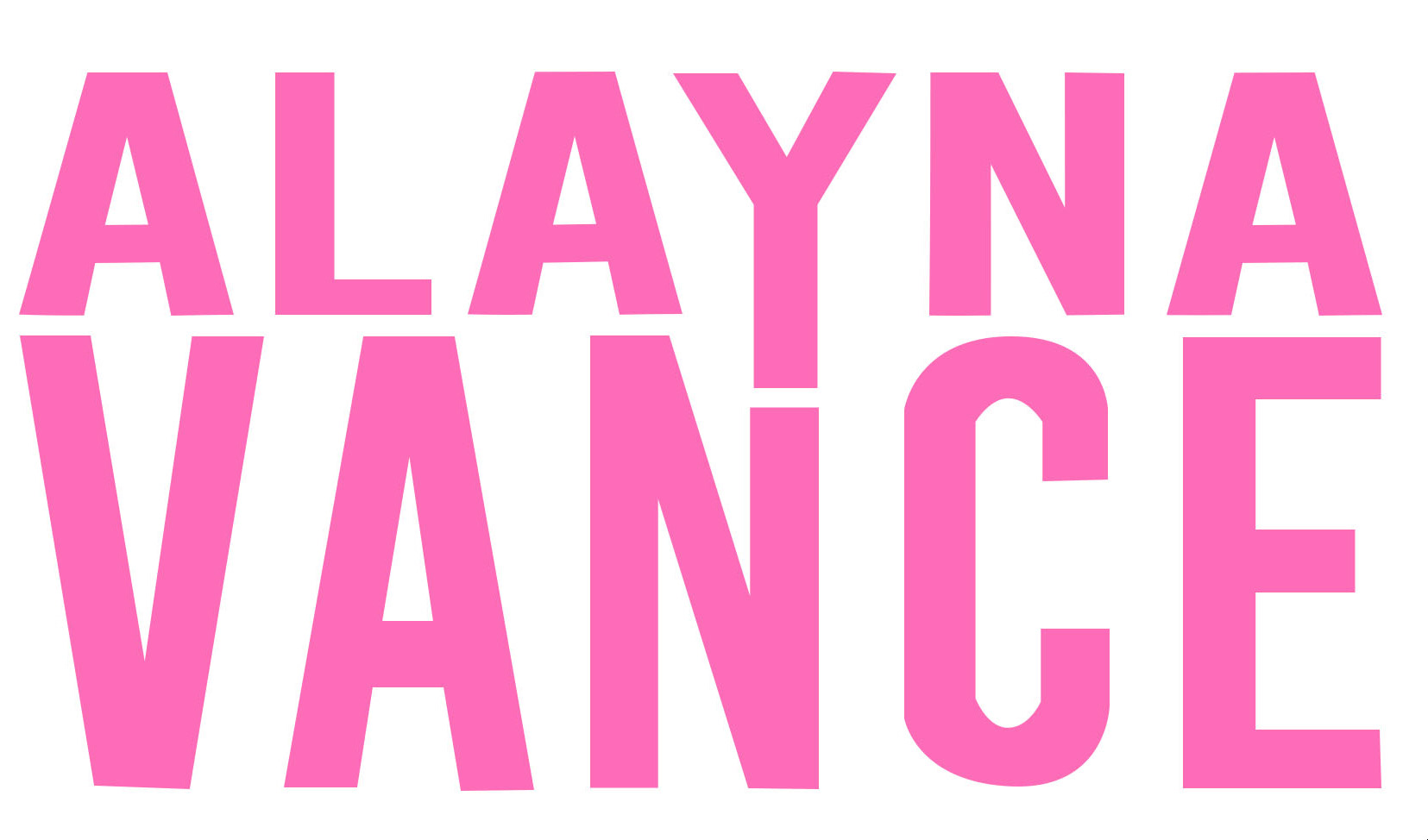***WARNING- may not be suitable for all viewers***

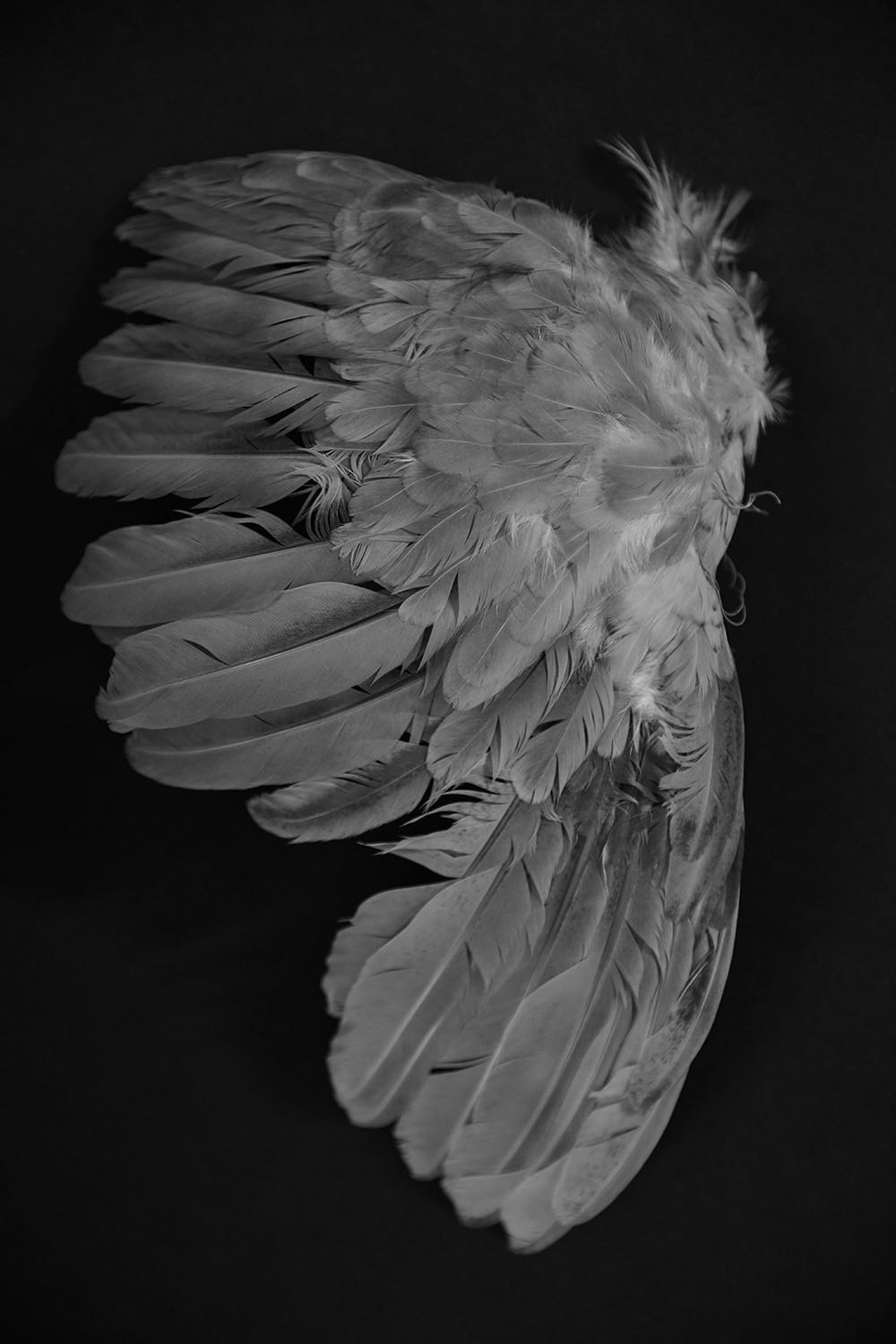
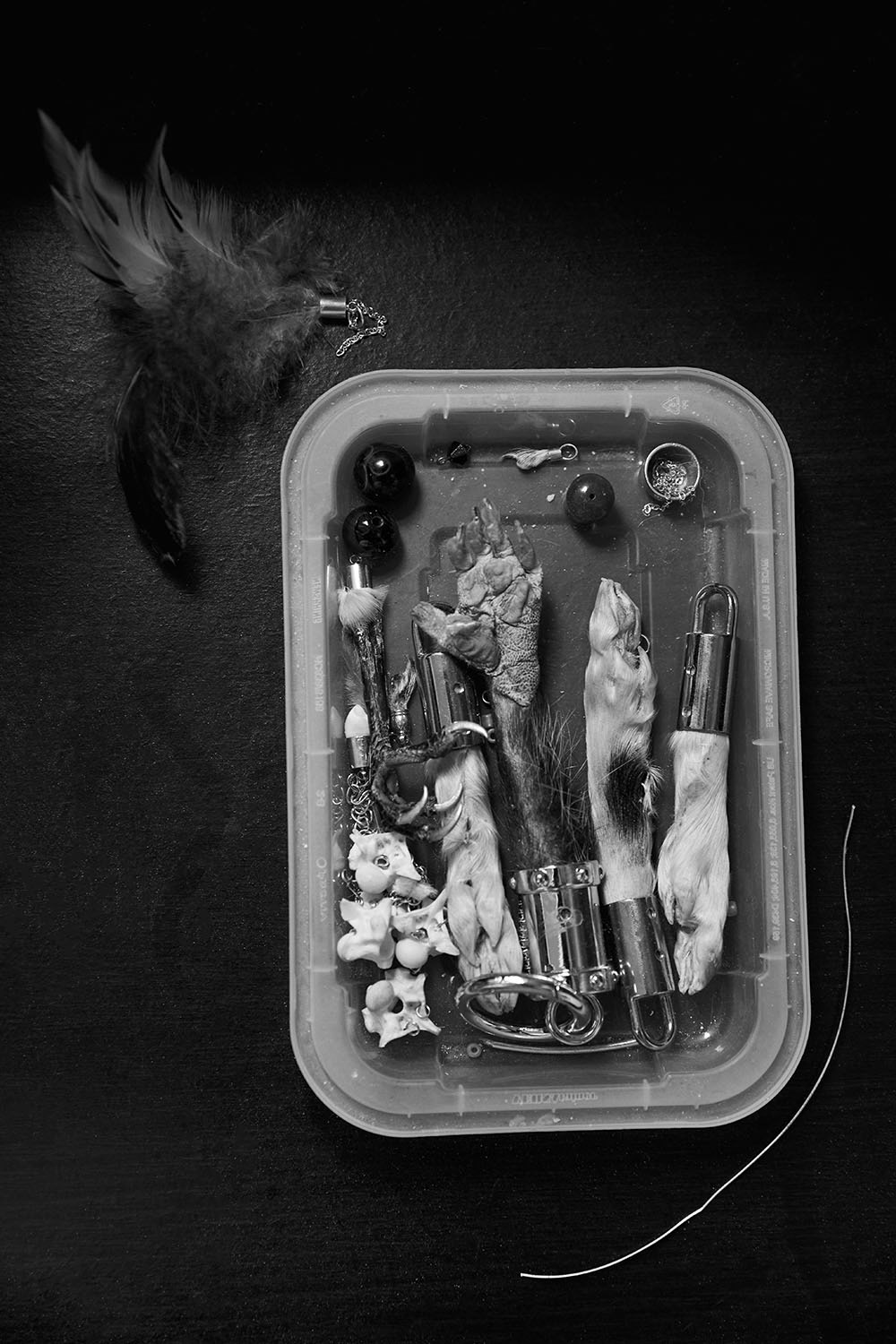
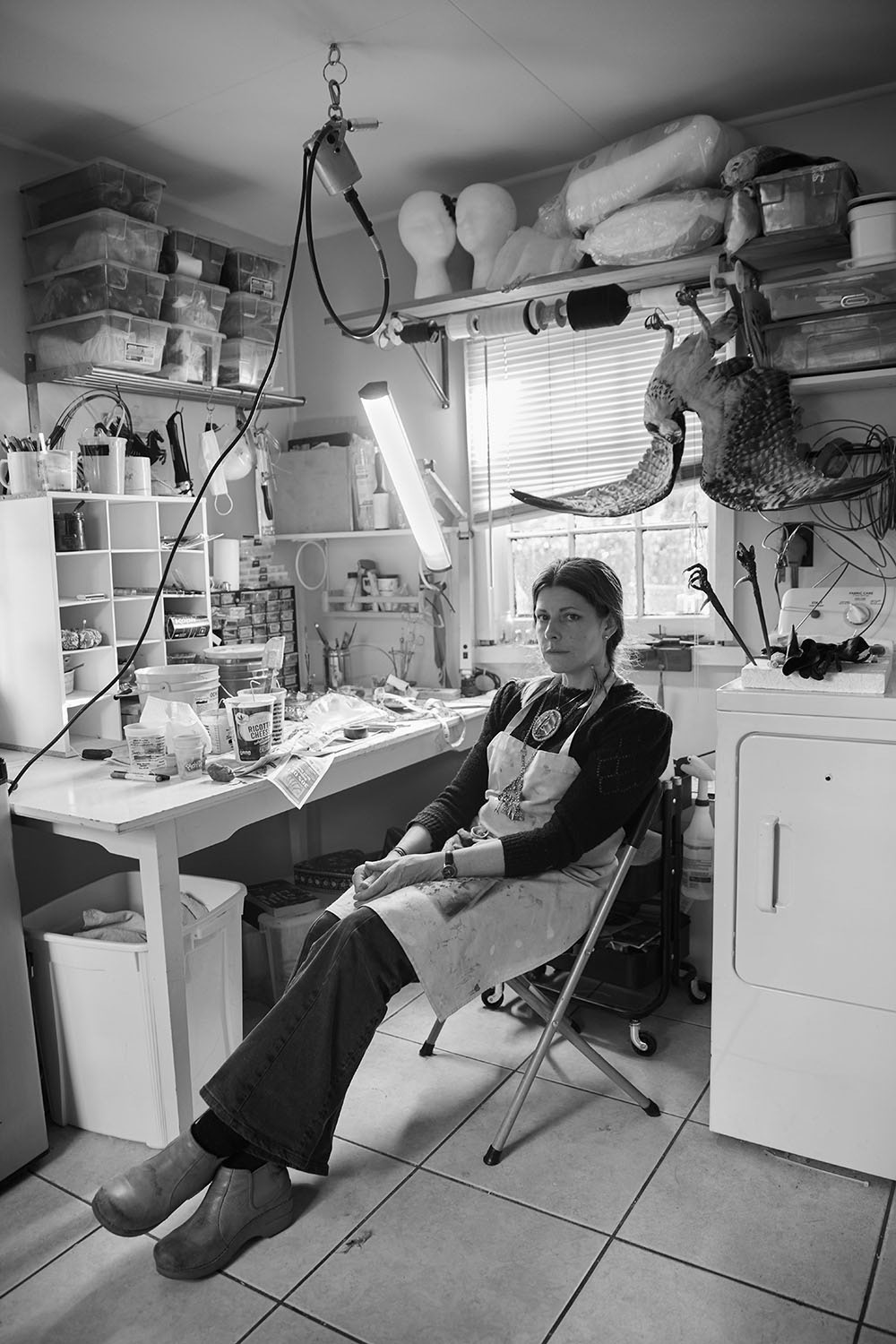

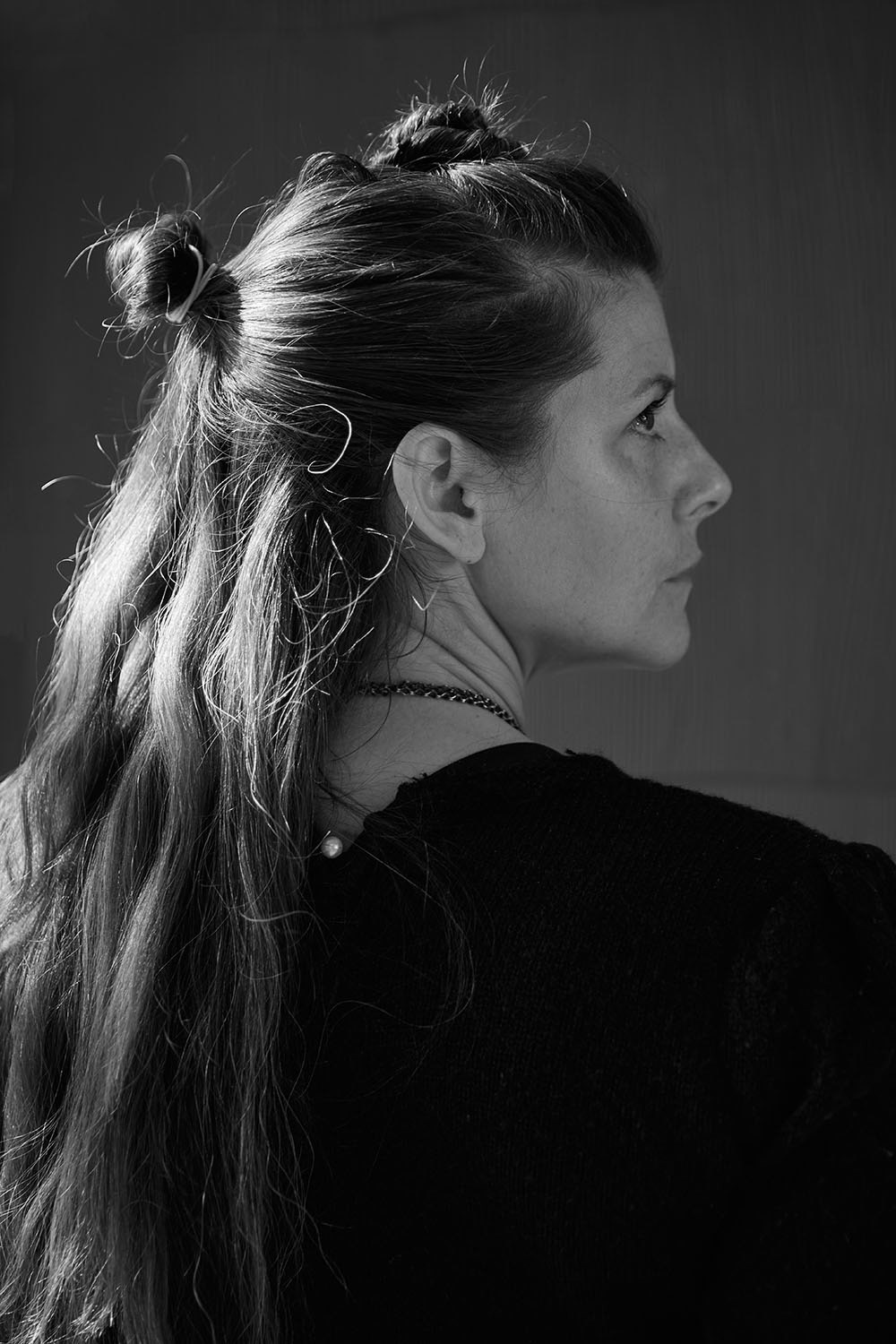
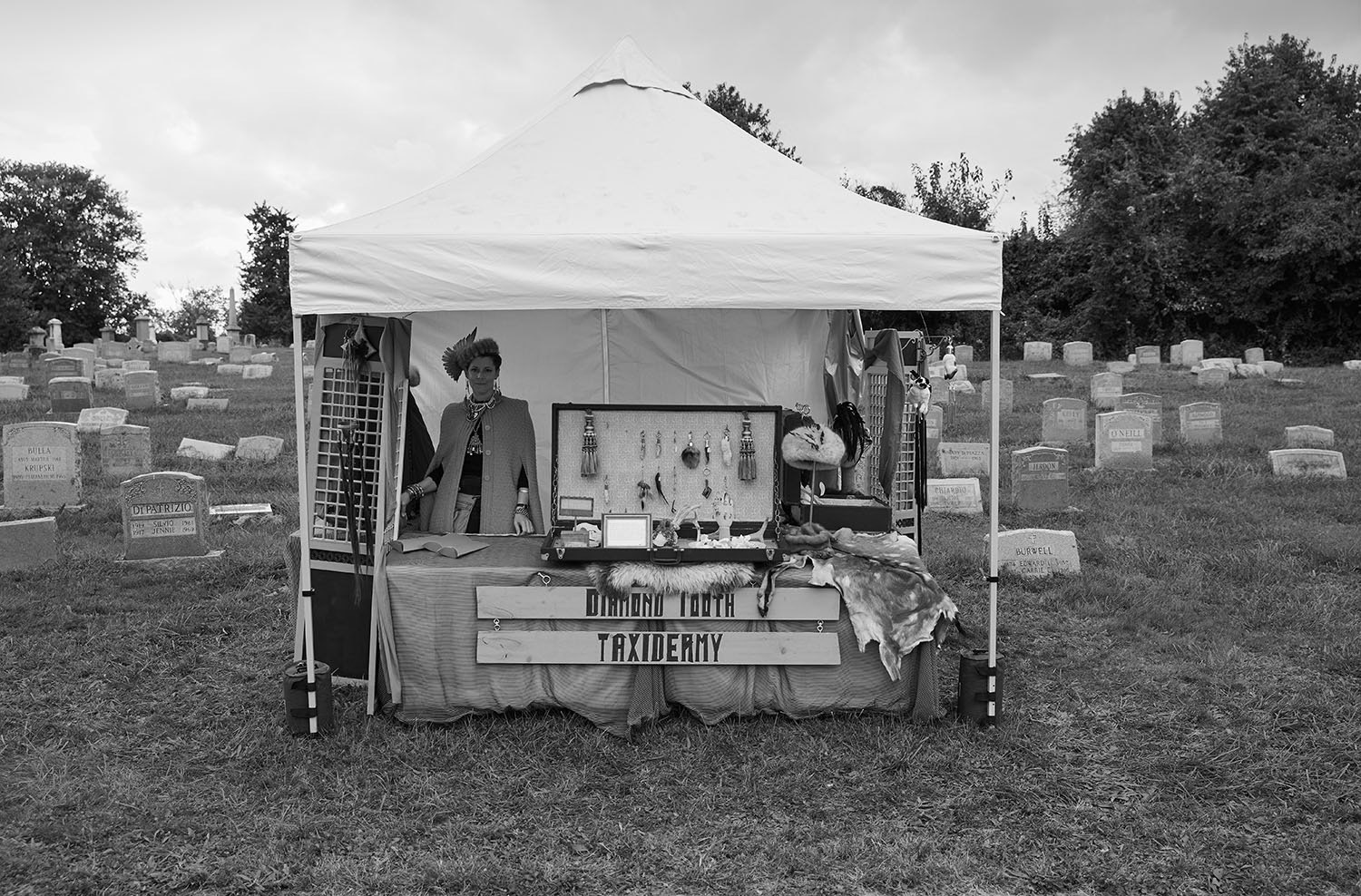

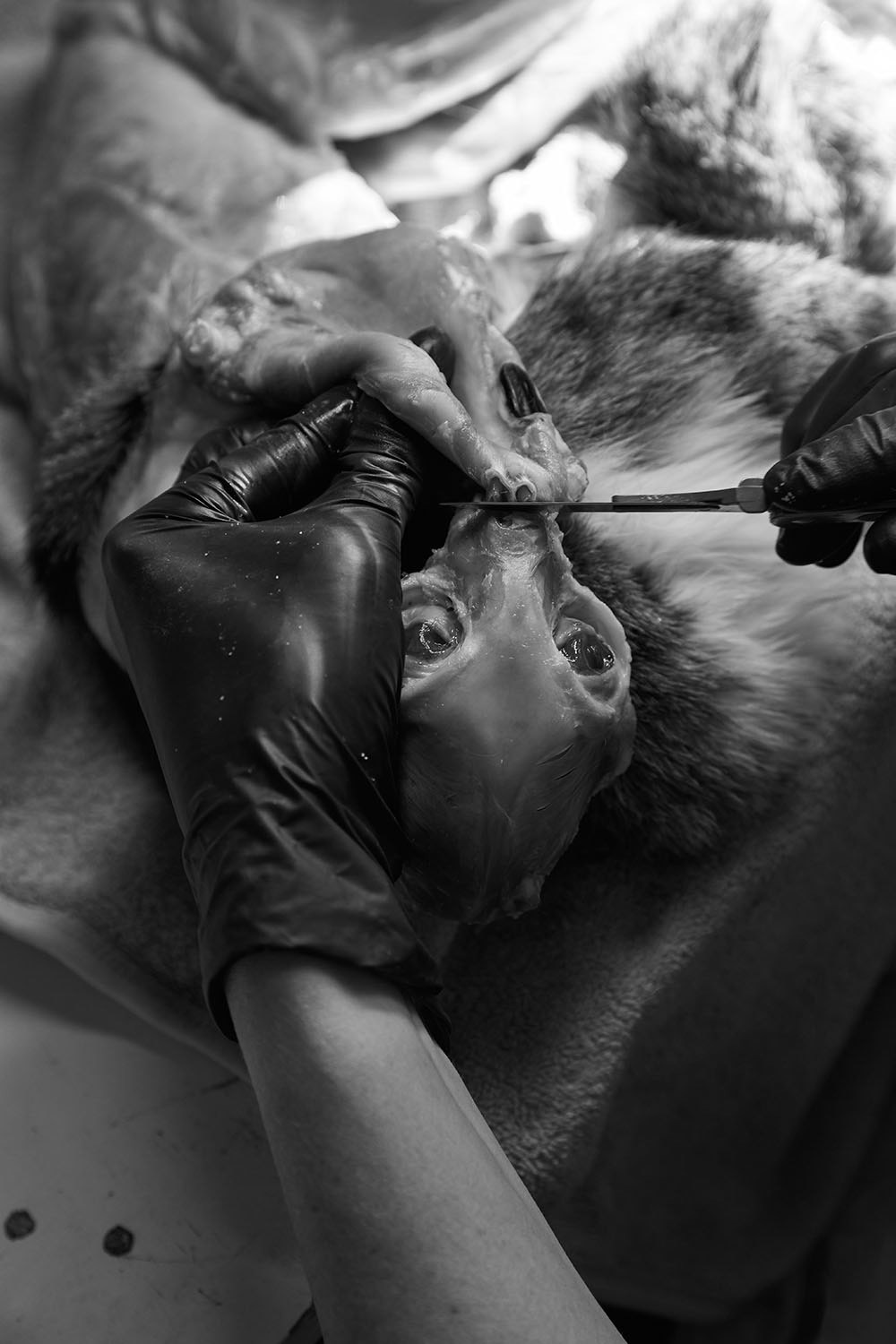
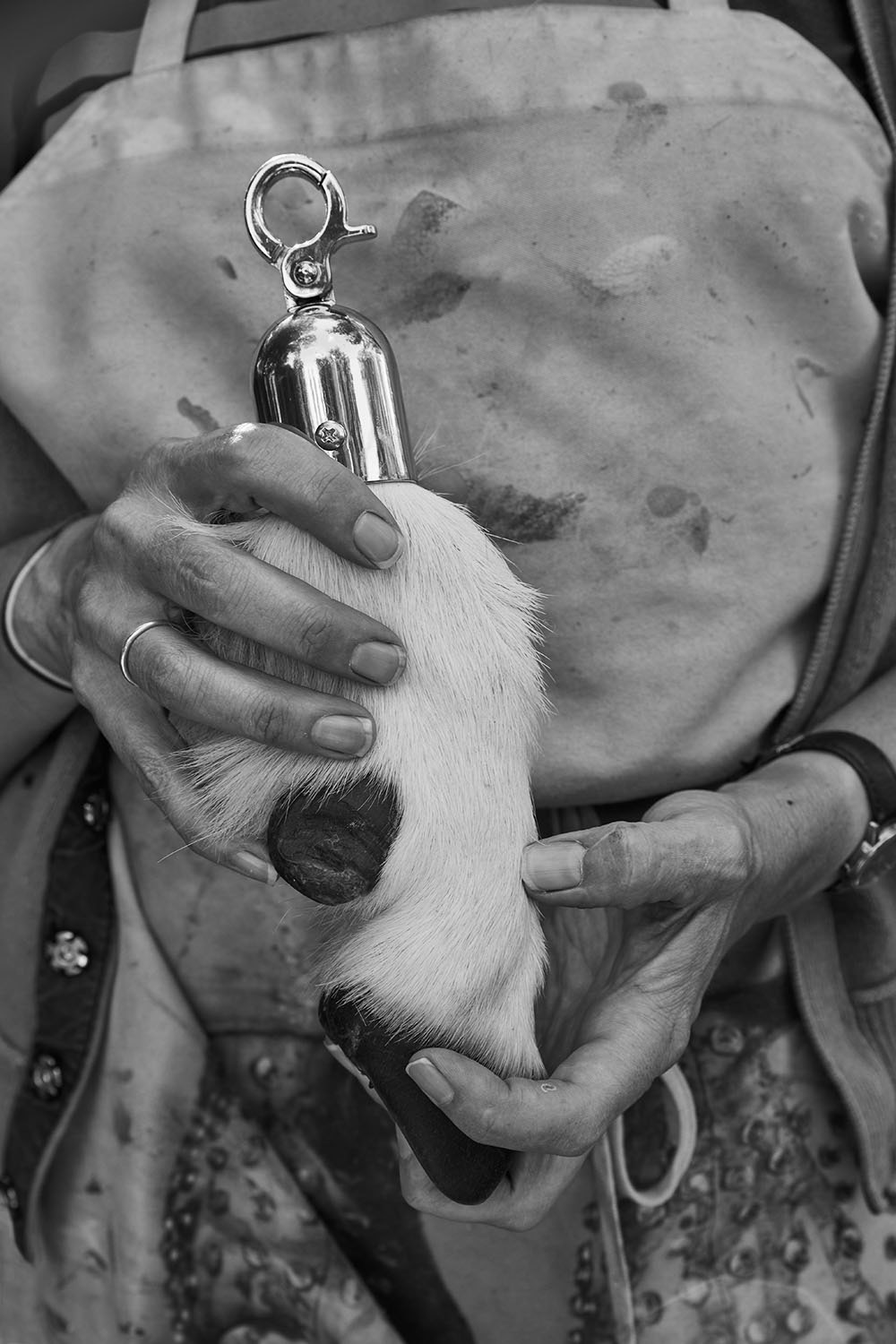
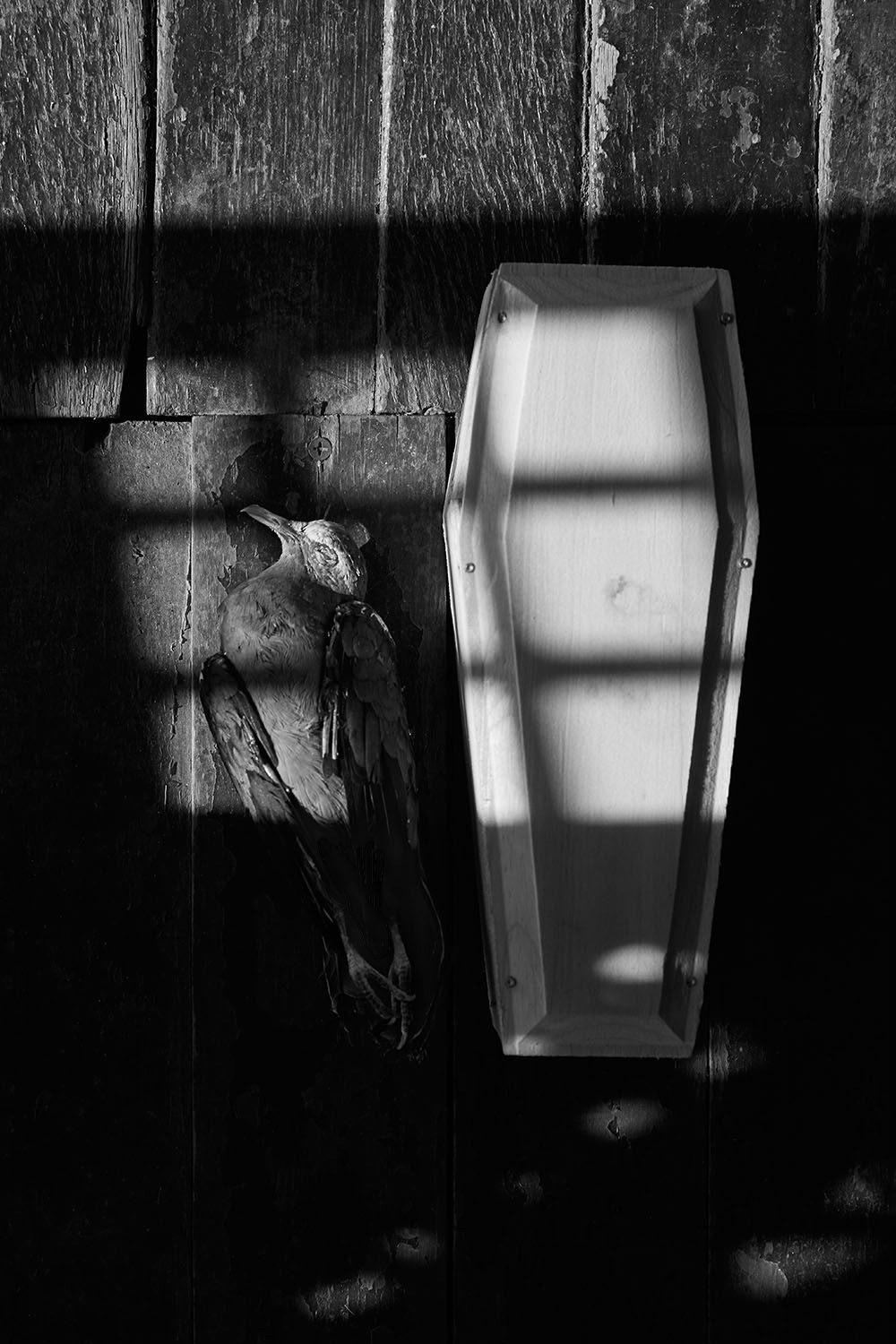

Fortuitously, I had the privilege of photographing the Diamond Tooth Taxidermy establishment for my Junior Project, a pursuit that spanned a single academic term, or ten weeks in duration. I was tasked with capturing imagery on no less than a weekly basis, while also immersing myself in the study of various artists.
Taxidermy, which has been characterized as an "authentic science theater" dedicated to the "preservation of the beauty of God's creation," represents a medical illusion whereby animals are transformed into sculptures that exist beyond the confines of the conventional art world. Although I had initially anticipated that this particular subject matter would diverge starkly from my personal values, I swiftly came to recognize that the fine art of taxidermy shares many of my own philosophical convictions, albeit with a distinct and diverse ultimate objective. The genuine love that taxidermists harbor for their subjects is reflected in their meticulous attention to detail, as they laboriously scrutinize every aspect of an animal in order to accurately recreate it.
My project, however, is less a study of taxidermy per se than it is an examination of its most prominent practitioner, Beth. A composite of the images I captured reveals my perception of Beth through the lens of her occupation, gender, and age. I was struck by her tender and careful treatment of her subjects, as taxidermy to her is a way of paying homage to the departed while simultaneously endowing them with an everlasting essence. We, in turn, are thus enabled to bask in the sublime beauty of these creatures for eternity. It was particularly noteworthy to me that Beth does not engage in the killing of animals, a fact which led me to the realization that we share more similarities than I had initially believed.
Although taxidermy is often maligned as "crude and sensational," I swiftly discerned that photography and taxidermy share a great deal of common ground, as both mediums enable the transformation of the subject matter into something new and enduring. In my research, I was intrigued by the philosophy that animals need not necessarily be alive in order to be photographed, as the visual language of both taxidermy and photography operate within the realm of the real versus the fake. Upon seeing the printed images, as I had intended, a layer of dissociation and artifice is revealed, lending a haunting and enigmatic quality to the overall project. I am forever indebted to Beth for granting me the privilege of capturing her work in all its glory, and for ten unforgettable weeks of discovery and enlightenment.
